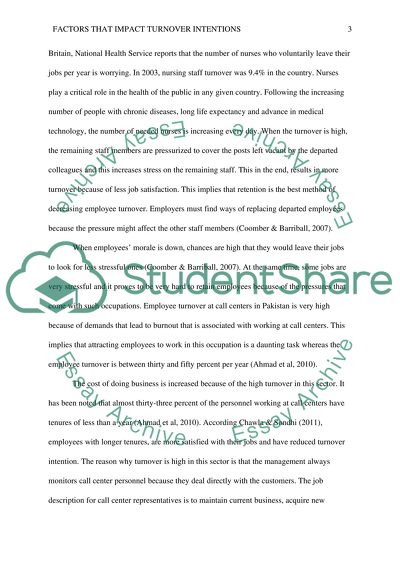Cite this document
(The Success of an Organization Case Study Example | Topics and Well Written Essays - 2972 words, n.d.)
The Success of an Organization Case Study Example | Topics and Well Written Essays - 2972 words. Retrieved from https://studentshare.org/human-resources/1608361-major-project
The Success of an Organization Case Study Example | Topics and Well Written Essays - 2972 words. Retrieved from https://studentshare.org/human-resources/1608361-major-project
(The Success of an Organization Case Study Example | Topics and Well Written Essays - 2972 Words)
The Success of an Organization Case Study Example | Topics and Well Written Essays - 2972 Words. https://studentshare.org/human-resources/1608361-major-project.
The Success of an Organization Case Study Example | Topics and Well Written Essays - 2972 Words. https://studentshare.org/human-resources/1608361-major-project.
“The Success of an Organization Case Study Example | Topics and Well Written Essays - 2972 Words”, n.d. https://studentshare.org/human-resources/1608361-major-project.


